A lack of hazard communication in the workplace can be detrimental to employee safety. Not only does it expose workers to injury, but it could possibly lead to a fatality on the job. The first step that OSHA lists for general industry compliance in routine checks is hazard communication, because the accidents pose a tremendous threat that workers shouldn't have to face on their job. Here are a few stories that outline how inadequate hazard communication can lead to bodily harm.
A lack of hazard communication in the workplace can be detrimental to employee safety. Not only does it expose workers to injury, but it could possibly lead to a fatality on the job.
T-butyl Lithium
It was just another day in the laboratory for 23-year-old Sheharbano "Sheri" Sangji, a technician at the University of California, Los Angeles. Sheri opted not to wear a lab coat as she began working with T-butyl Lithium, a pyrophoric liquid, according to Scientific American. The chemical is highly dangerous because it catches fire when exposed to air. Due to malfunctioning equipment the equipment spilled, setting Sheri's clothes on fire and sending her to a local hospital where, two weeks later, she passed away.
Sheri's unfortunate accident served as a landmark case for the investigation into unsafe practices at academic laboratories.
"[The fatality was] totally and unquestionably preventable," safety expert Neal Langerman wrote in the May/June 2009 Journal of Chemical Health and Safety. By enforcing stringent regulations, the University could have avoided this accident altogether. Sheri was able to take off her lab coat with no repercussions, nor any prior training that warned her not to. Sometimes, just the presence of safety signs in a warehouse or other type of facility is all that's needed to remind a person to be careful.
The simple fact is that there isn't enough data available from academia to know how often accidents like these happen, according to Scientific American. What is known, though, is that while these accidents are much more common at university levels rather than in industrial labs, they are almost always preventable. Ensure safety in the laboratory by making hazard communication the No. 1 priority.
For more information on Haz Comm products, please visit NMC on MSCDirect.com.
Williams Olefins chemical plant explosion
On June 13, 2013, the Williams Olefins chemical plant in Geismar, Louisiana, exploded. The accident left two workers dead and injured 80 more, according to Tulsa World. After investigations ended, OSHA fined the company $99,000 for six willful safety violations.
The company ran the gamut for failure-to-take-action violations. OSHA found a lack of workplace training documentation, a disregard of internal audit compliance rules, inadequate protection for a pressure vessel and a failure to complete process hazard analysis for the opening of hot quench water into a pressure vessel.
The situation exposed a common mentality that can occur in any workplace. Businesses must take the proper precautions when dealing with flammable material, and ensure employee safety by adhering to all OSHA regulations. Not doing so is a dangerous road to take when working with chemicals, and Williams Olefin found out the hard way. Ensure safety during work by setting clear limits and developing in-depth training programs so that employees understand the dangers that come with breaking procedure.
Previously featured on NMC's Safety Matters blog.
Brought To You By
.png?itok=k2IwFSM2)
In business for over 80 years AccuformNMC is the leading manufacturer of American made safety communication products—including over 16,000 safety signs, tags, and labels. Our commitment is to support every safety ID need, with the best product, service and custom solutions in the industry. We offer the toughest signs and labels in the market, and guarantee them for life. Protected with Sign Muscle®, a clear liquid over-laminate strong enough to protect against fading under direct sunlight, it allows easy graffiti removal, resists chemical corrosion and is applied for free.
More from AccuformNMC
More on Employee Safety
Interlocked machine guards integrate into a machine’s power supply to prevent operation while parts are moving. Here’s what you need to know about this common type of machine guard.
Here are five surprising reasons that workers won’t wear PPE, plus solutions to overcome those objections to ensure a safe working environment.
Using the right lockout/tagout gear is vital to protecting some 3 million employees from machinery hazards. Discover four ways to optimize your lockout/tagout system to prevent incidents and stay compliant with OSHA safety standards.

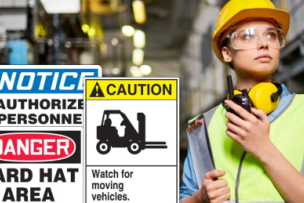
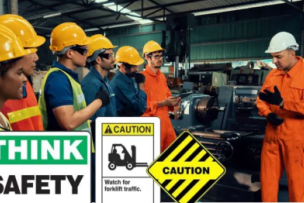
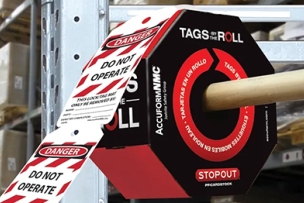

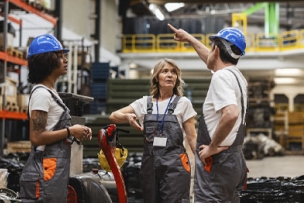
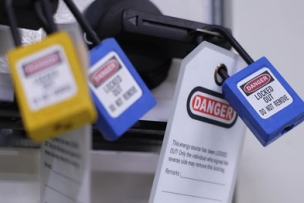
Talk to Us!
Leave a reply
Your email address will not be published. Required fields are marked *